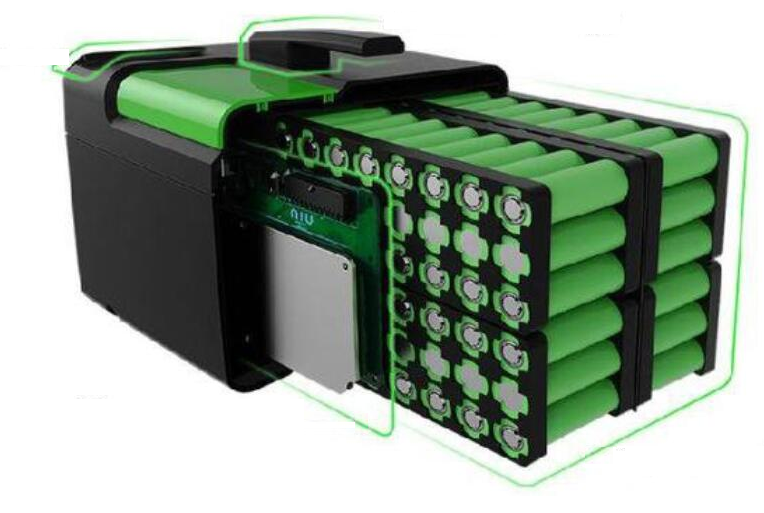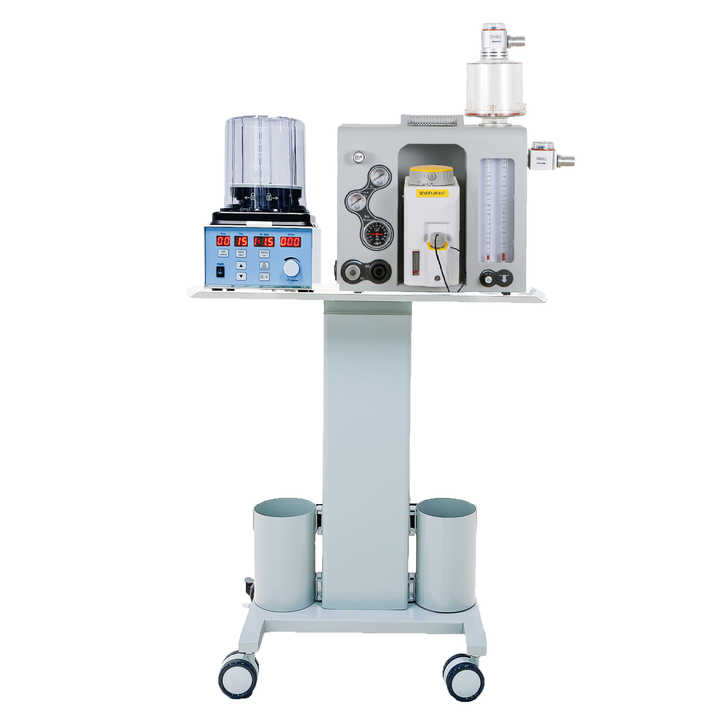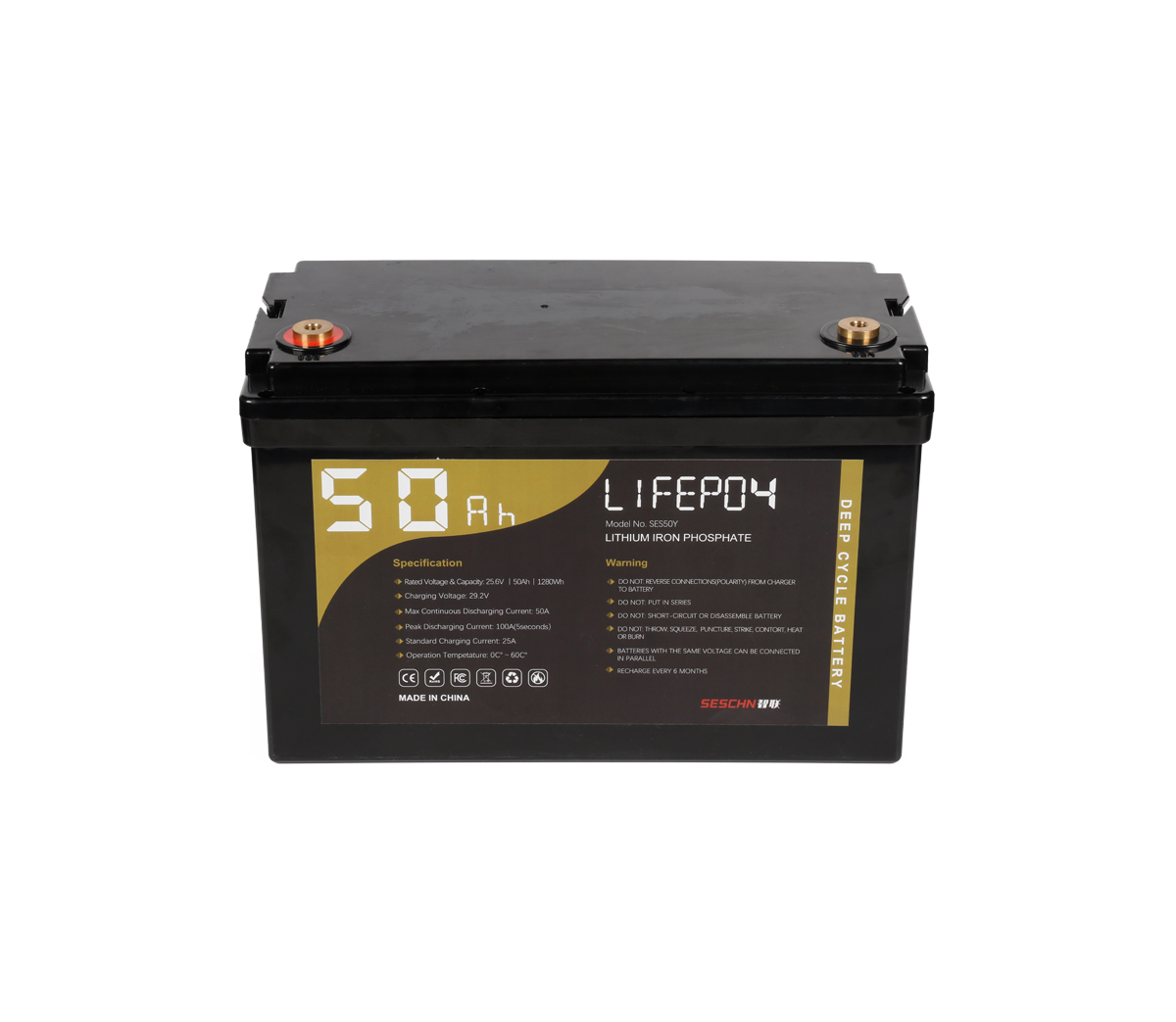Why does the lithium iron phosphate battery fail?
Lithium iron phosphate is very popular because of its good safety
performance and a cycle life of up to 4000 times, and especially its ability to
perfectly replace lead-acid batteries. But the lithium iron phosphate battery
will lose its efficiency as well, what’s the reason?

1. Failure in the production process
Personnel, equipment, raw materials, methods, and environment are the main
factors affecting product quality, and this is no exception in the production
process of LiFePO4 power batteries.
During the synthesis of LiFePO4, there will be a little of impurities such
as Fe2O3 and Fe, which will be reduced on the surface of the negative electrode
and may pierce the diaphragm and cause an internal short circuit.
When LiFePO4 is exposed to the air for a long time, water molecules will
change the material, and the active material inside will become an inert
material. This is an irreversible process. The higher the impurity content of
the graphite anode, the greater the irreversible capacity loss.
When dividing the capacity, high current charging will cause more side
reactions and cause irreversible damage.
2. Failure in shelving
In the process of using the power battery, in fact, most of the time is in
a state of shelving. After a long period of storage, battery performance will
decrease, showing increased internal resistance, decreased voltage, and
decreased discharge capacity. There are many factors that cause the degradation
of battery performance, of which temperature, state of charge and time are the
most obvious influencing factors.
In the state of shelving, poor storage conditions (high temperature and
high state of charge) will increase the degree of self-discharge of LiFePO4
power batteries and make the battery aging more obvious.
3. Failure in recycling
The battery has internal resistance, so heat will be generated during use,
so the influence of temperature is very important.
The capacity loss during battery cycling is generally considered to be
caused by the loss of active lithium ions. Studies have found that most of the
loss of active lithium ions occurs on the surface of the graphite negative
electrode, especially during high-temperature cycling, that is, the
high-temperature cycling capacity loss is faster.
The high-rate discharge of the battery can provide high power for electric
vehicles. The research results show that the aging mechanism of LiFePO4 positive
electrode and graphite negative electrode is different: with the increase of
discharge rate, the capacity loss of the positive electrode increases more than
that of the negative electrode. The loss of battery capacity during low-rate
cycling is mainly due to the consumption of active lithium ions in the negative
electrode, while the power loss of the battery during high-rate cycling is due
to the increase in the impedance of the positive electrode.
The discharge capacity of LiFePO4 power battery will decrease rapidly when
the temperature decreases, mainly due to the decrease of ion conductivity and
the increase of interface impedance.
4. Failure during charging and discharging
The battery will inevitably be overcharged in the process of use,
relatively speaking, there is less over-discharge. The heat released during
overcharging or over-discharging is easy to accumulate inside the battery, which
will further increase the temperature of the battery, affect the service life of
the battery, and increase the possibility of fire or explosion of the battery.
Even under normal charging and discharging conditions, as the number of cycles
increases, the inconsistency of single cells in the battery system will
increase.
Although the thermal stability of LiFePO4 is the best, overcharging will
still cause unsafe risks of LiFePO4 power batteries during use.

5. Other failures
In addition, the current collector, diaphragm, electrolyte composition,
production process, human factors, external vibration and shock, etc. will
affect the performance of the battery to varying degrees.




































